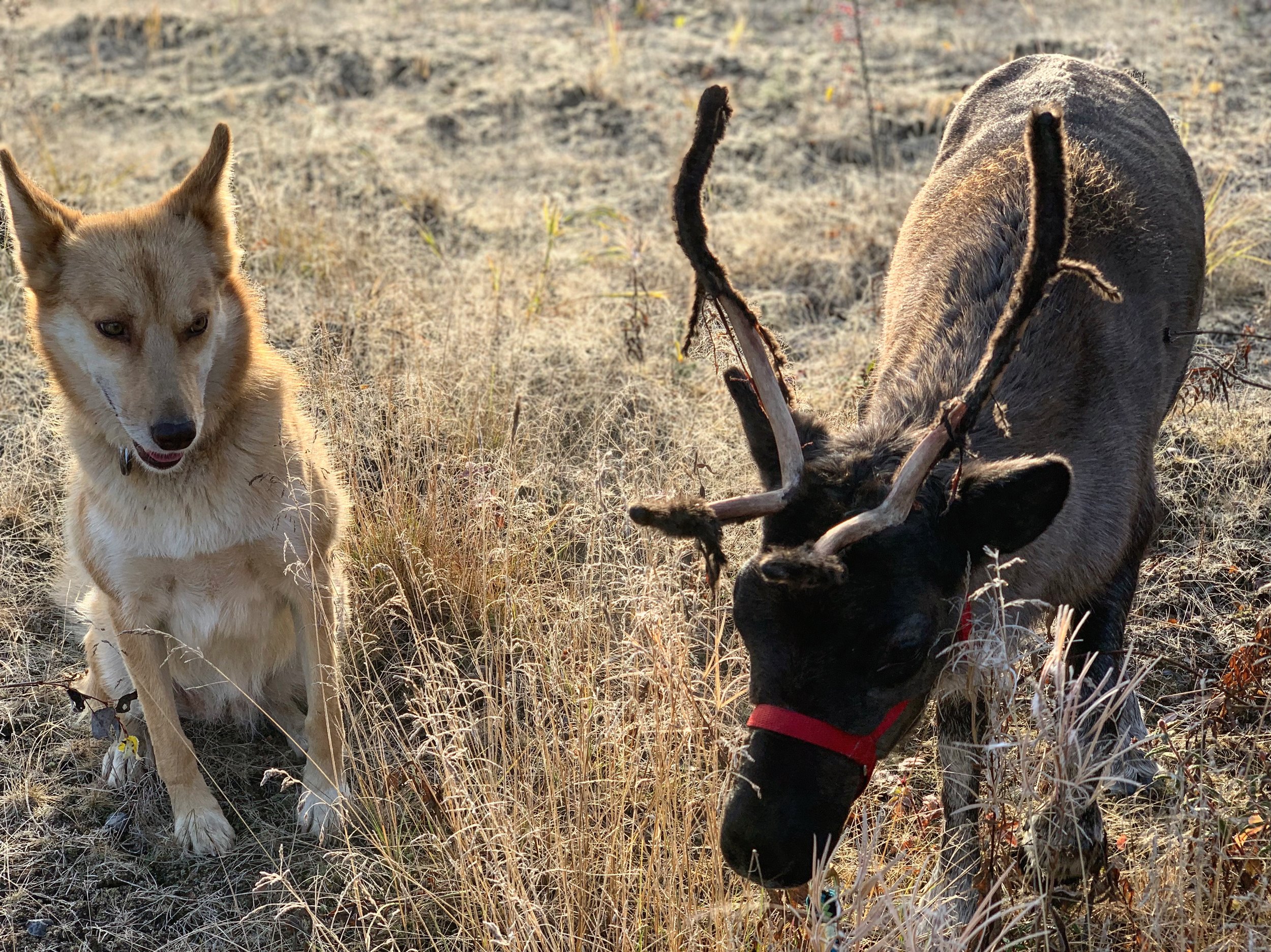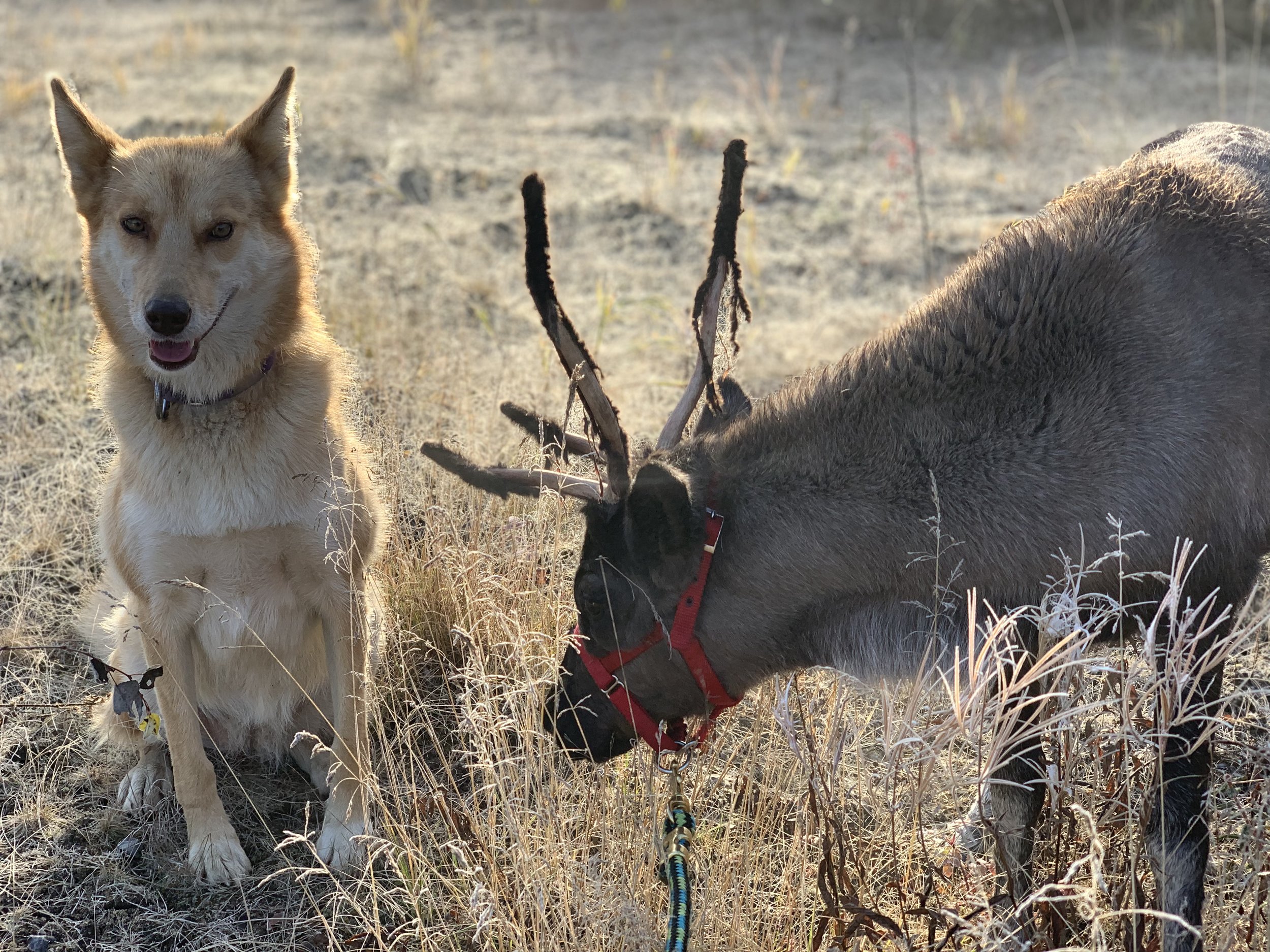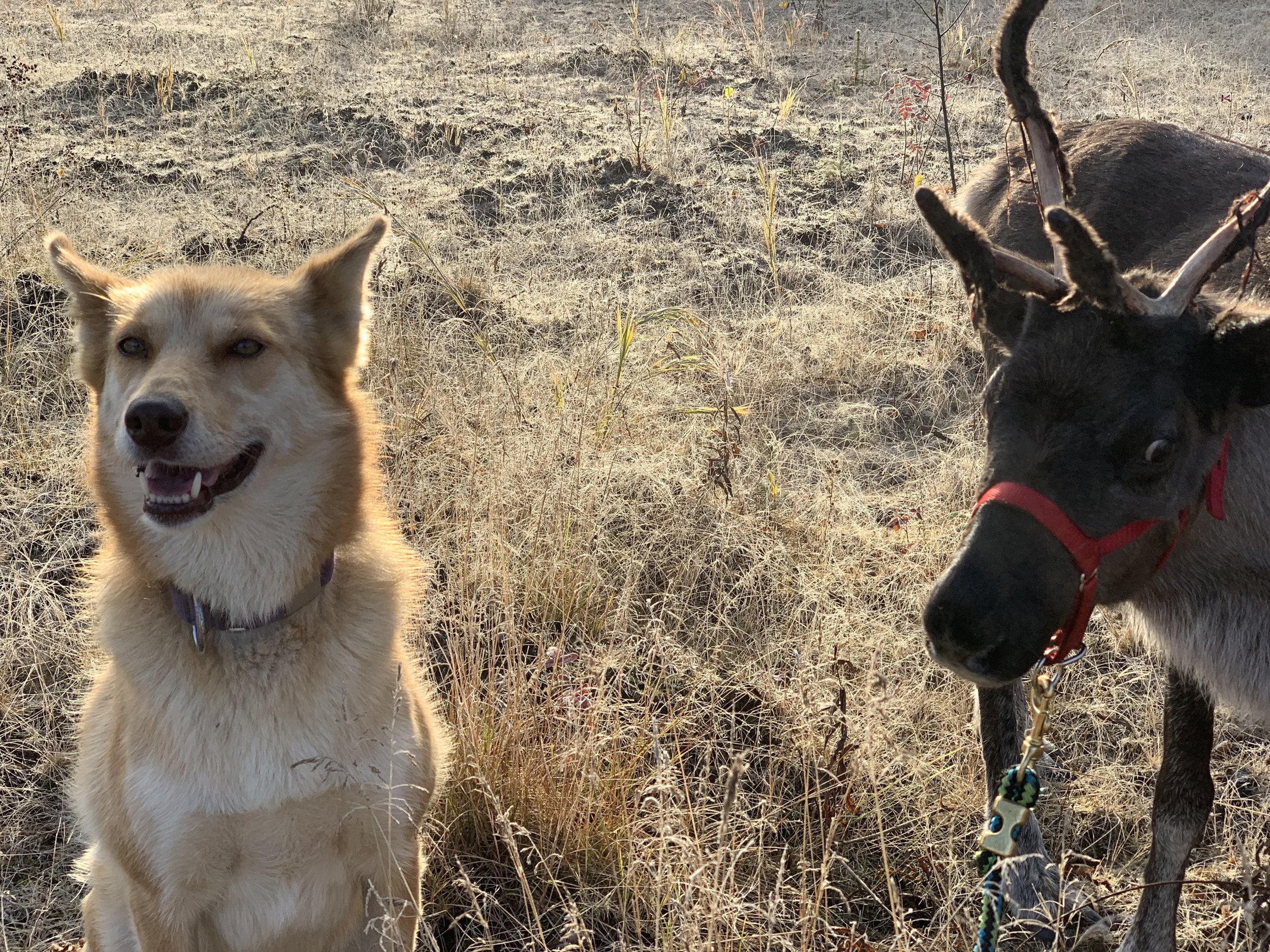Ok great, so we have a well producing delicious, fresh water onto the frozen earth of an October Alaska. The following year, we built the cabin, dug a trench, and ran a pipe up into our cabin. Everything worked wonderfully as long as the temperatures didn’t drop below freezing. With winter quickly approaching, we had a few different options:
1- Bury the pipe deep into the ground in the hopes it won’t freeze. This sounds great, except that odds are it will freeze. If it does freeze, we won’t be able to access it until the following spring since it’s buried.
2- Leave the trench open and drain the pipe after every use. Hope that the water pump and pipe don’t freeze, but if they do, we have access to them.
3- Bury the pipe with heat tape (which many private-well users have installed), so that the heat tape keeps the pipe warm and prevents freezing. Many private-well users have the heat tape on a timer. Unfortunately, heat tape requires electricity, which we didn’t have until recently.
Last year, we went with Option #2. We left the trench open and drained the pipe after each use. This worked swimmingly until one day we had a slight mix-up and the trench flooded, sending water and debri down the well casing, freezing the water pump, and preventing any work on the well until the spring when everything thawed out. (Ironically this happened the day after I made a social media post about how thankful I was to have water…) And so from February until April of 2019, we hauled water from the Chena River. We’d strap water buckets to a sigglin sled pulled by the snowmachine, then fill the buckets from a hole in the river. We’d heat two buckets at a time on our wood stove for hot water for the dogs. This method worked but was time consuming and definitely not how we wanted to acquire water every winter for the rest of our lives.



































